India, The US and The Convergence of Interests
Fri, 14 Oct 2022 | Reading Time: 3 minutes
The Cold-war rivals US & Russia are at loggerheads on the Ukraine issue and again India is carefully treading the path of friendship by its de-hyphenation policy with both its key strategic allies. But, India -US ties have mostly been like a see-saw. With the procurement of S-400 missile system by India, it created a pandemonium of whether the US should impose the CAATSA (Countering America’s Adversaries Through Sanctions Act) or not. It has been a bone of contention since long but soon everything was in peace.
To add The United States recently provided Pakistan with a $450 million package that Pentagon called a ‘F-16 case for sustainment and related equipment’. Pakistan received its first set of F-16s from the US in 1981 during the peak of the Cold War between the US and erstwhile Soviet Union. The F-16s gave an edge to the PAF, putting India at the risk of losing in dogfights in the case of aerial combat. These are some of the reasons of being India-US ties at see-saw and thus sometimes faces these bumps. Well, no country with respect to today’s world order and rapidly changing geopolitics can today afford to snub the giant economy that India has become. A ton of ministers, officials and diplomats from across the globe has been observed in recent times rushing to India and thus proves the India’s role as an emerging superpower.
Also inferring the visit of India’s EAM Dr. S. Jaishankar meeting with the US Defense Secretary Lloyd Austin at the Pentagon, Jaishankar received an honor cordon. Indian Defense Minister Rajnath Singh also received an enhanced honor cordon when he visited the Pentagon in April this year for bilateral talks with his American counterpart. Moreover, Llyod Austin seems to be also awarding Pakistan’s Army Chief General Qamar Javed Bajwa leaving many question the strategic ambiguity.
Bilateral Co-operation – India-US ties have seen a boost in its bilateral aspect by their co-operation on multiple facets like trade and supply chain resilience, defense, technology, space and cyber security, climate issues, production and delivery of COVID-19 vaccines, humanitarian aid, peacekeeping missions, counter terrorism, and most importantly the shared vision of promoting a free and open rule-based order in the Indo – pacific.
Multilateral Co-operation – Meanwhile two multilateral dialogues have gained some momentum in the recent years and carry immense potential like the QUAD (India, US, Australia, Japan) that revived in 2017 with an aim of promoting a rules-based order in the Indo – pacific and moreover US & India tapped into the middle east and West Asia with the I2U2 (Israel, India, US, UAE). The Quad aims for the multilateral cooperation among like-minded democracies and I2U2 for the technological cooperation b/w the stakeholders.
The way forward -The QUAD grouping to reach its maximum efficacy must arrive on a proper planned strategy and clear objectives for establishing peace in the Indo- Pacific. India and the US should also pursue and establish multilateral cooperation with the other like-minded countries and stakeholders in the Indo – Pacific to counter both of India’s hostile neighbors and the US’ toughest competitor to tackle China’s growing hegemon and its exploitation of a rule -based order in the Indo-Pacific. And for this they must arrive on a better and reliable alternative for the China’s BRI (Belt and Road Initiative) through which it is fulfilling its dream of modern colonialism by making countries fall into their Debt-Trap Policy. Furthermore, they should opt for better strategies to tackle counterterrorism to manage the Taliban led Afghanistan and because of the reduced dependence of US on Pak for supply routes to Afghanistan, they should pressurize the Pak- government and intelligence agency to abandon their support for the militant Islamic or terrorist groups like Tehreek-e-Taliban, the Haqqani network and specific Kashmir focused groups like Jaish-e-Mohammed and Lashkar-e-Taiba.
India’s role as the emerging global leader is a proof of its unprecedented transformation and thus it should leverage its present situation to explore further opportunities and exhibit its interests. Because of the US- Russia tensions and India-China tensions and Russia being inclined towards China, it seems quite complicated for India to rely on Russia to balance China, so the cooperation b/w these two major leaders India and the US converges with both nation’s interests and thus has a long way to go.
Disclaimer
The opinions expressed in this article are the author’s own and do not reflect the views of Chanakya Forum. All information provided in this article including timeliness, completeness, accuracy, suitability or validity of information referenced therein, is the sole responsibility of the author. www.chanakyaforum.com does not assume any responsibility for the same.
Chanakya Forum is now on . Click here to join our channel (@ChanakyaForum) and stay updated with the latest headlines and articles.
Important
We work round the clock to bring you the finest articles and updates from around the world. There is a team that works tirelessly to ensure that you have a seamless reading experience. But all this costs money. Please support us so that we keep doing what we do best. Happy Reading
Support Us




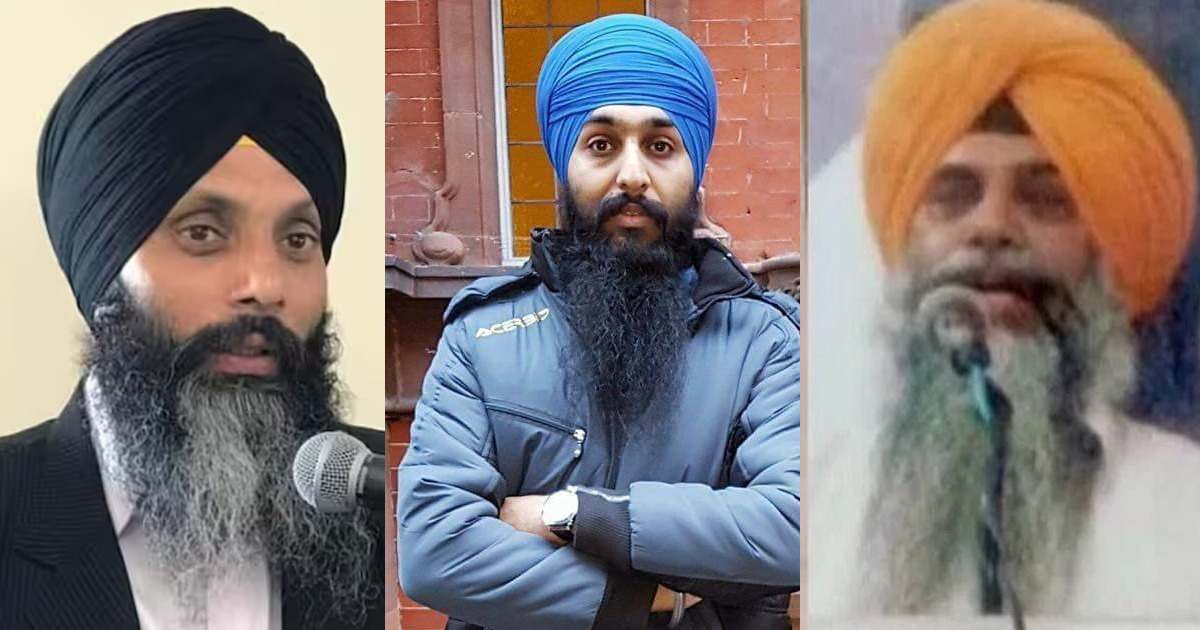
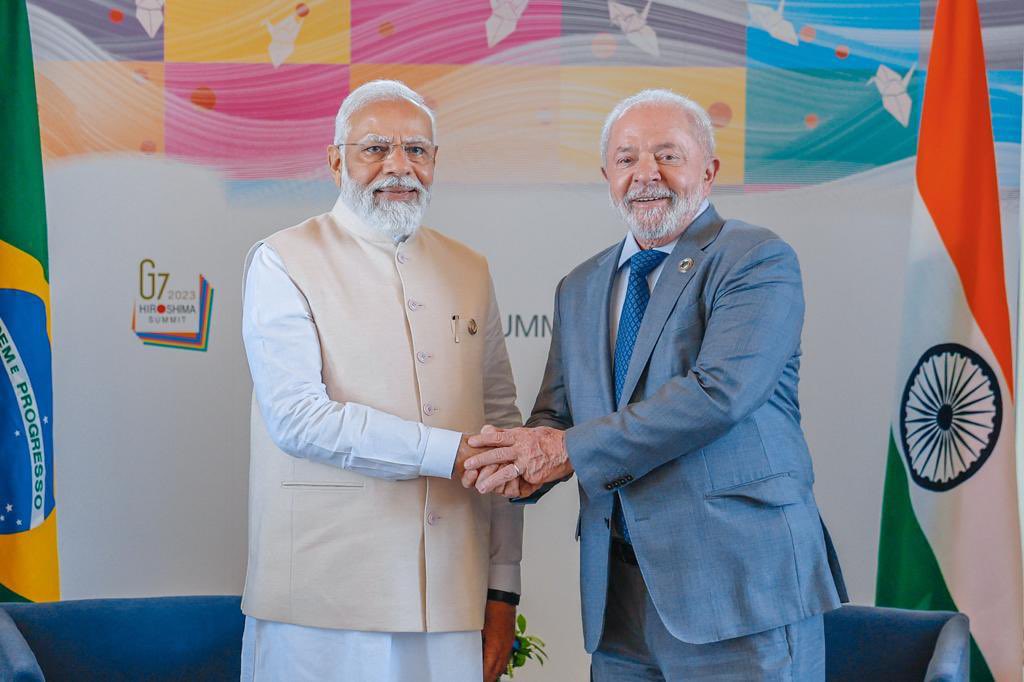

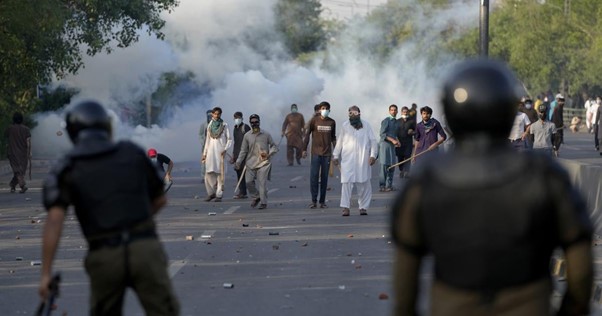

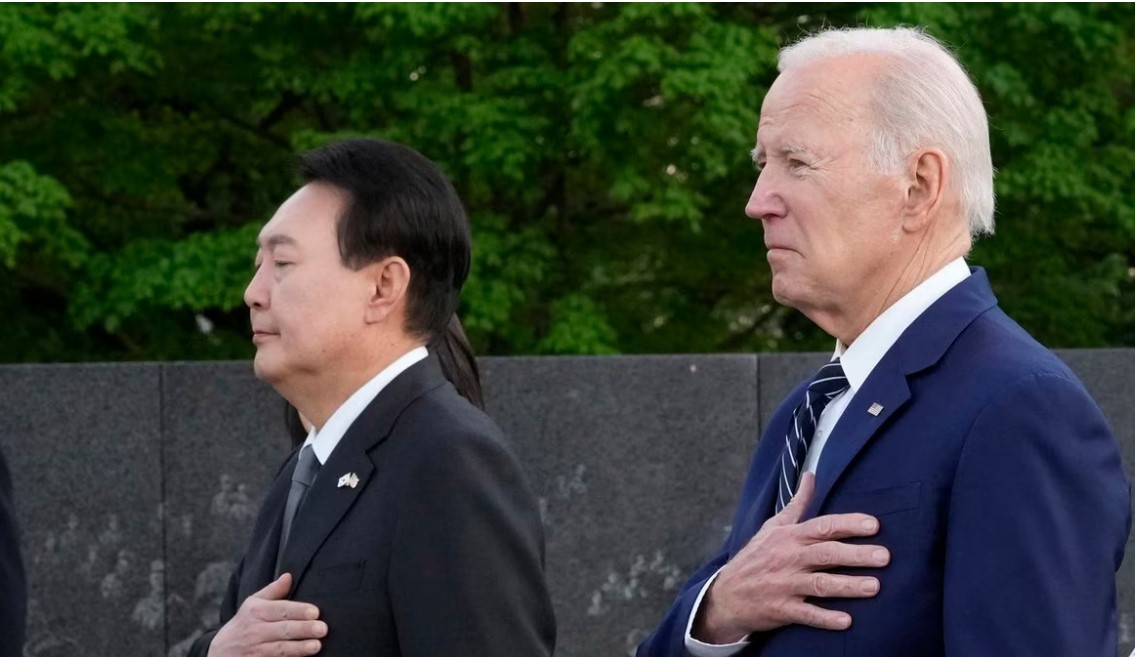

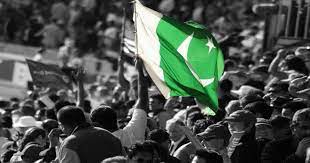
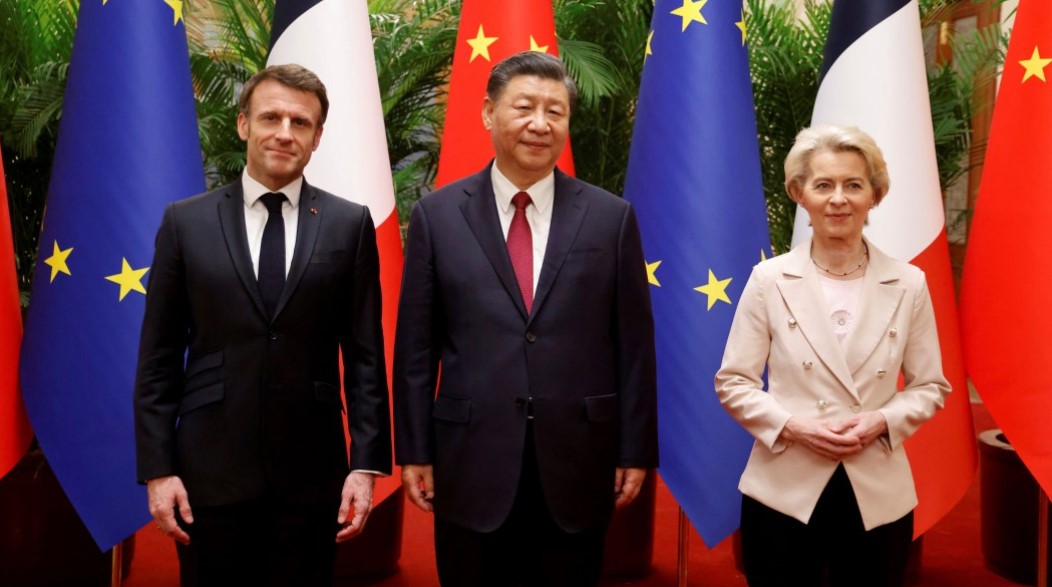
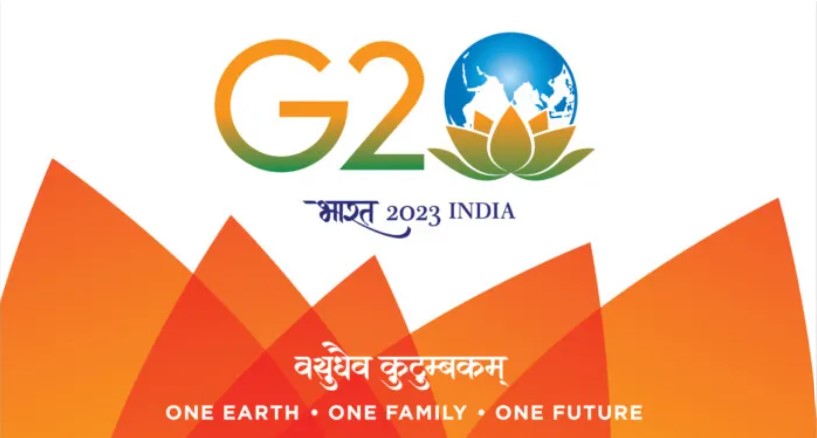






POST COMMENTS (0)